Bringing Nature Back into Human Spaces As the global population increases, humans are slowly taking over nature in order to carve out spaces for our growing needs. It is estimated that 54% of the world’s population dwells in urban environments and that this number would grow to 66% by 2050! In recent years, biophilic design […]
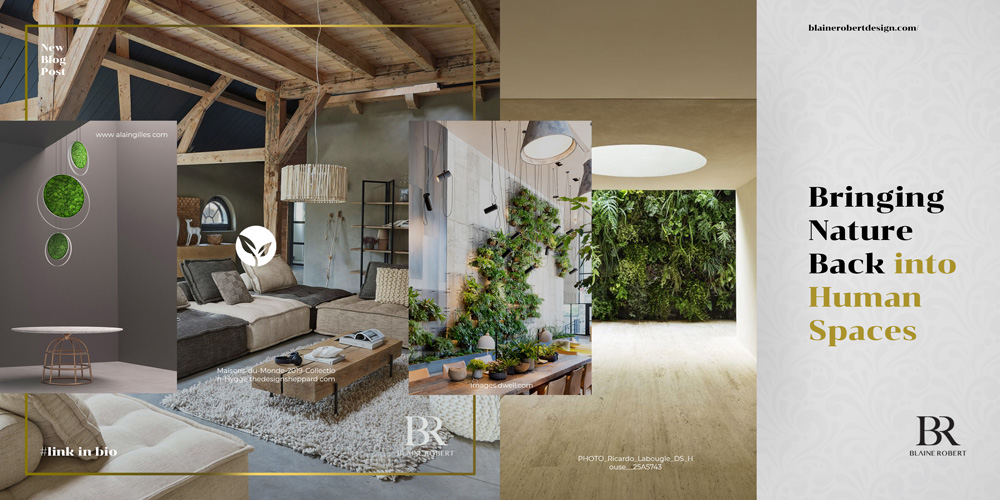
As the global population increases, humans are slowly taking over nature in order to carve out spaces for our growing needs. It is estimated that 54% of the world’s population dwells in urban environments and that this number would grow to 66% by 2050!
In recent years, biophilic design has started to garner more attention as eco-friendly practices are brought to the forefront. Our growing awareness of the impact of our actions on earth has made biophilic design a popular choice when it comes to room decor, to re-introduce nature into urbanized areas. Even larger companies such as H&M have begun to use pineapple leaves and orange peels for their textiles!
Biophilic design refers to the inclusion of elements of nature into modern space. Sustainable design principles refer to the consumption of non-renewable resources, the use of local and authentic materials, water conservation, as well as sustainable supply chains.
With the current pandemic situation, this trend may not be going away anytime soon. Many people are spending an increasing amount of time indoors, away from the natural environment. This means that having a biophilic space would be a healthy investment for those of us spending an excessive amount of time at home.
Termed by Edward O. Wilson, the biophilia hypothesis suggests that humans have an innate connection to nature and other forms of life. This might give credence to the idea that biophilic spaces bring about healing and calming properties to those who inhabit the space.
In fact, there are glaring advantages for certain spaces to adopting biophilic properties. Hospitals, for one, would definitely benefit from incorporating natural elements in their design plans as a form of therapy for their patients, however small.
There are a few ways you can design your space with natural, earthy elements. Here are some tips that you could follow to turn your home into a lush green environment and play your part in sustainable living at the same time.
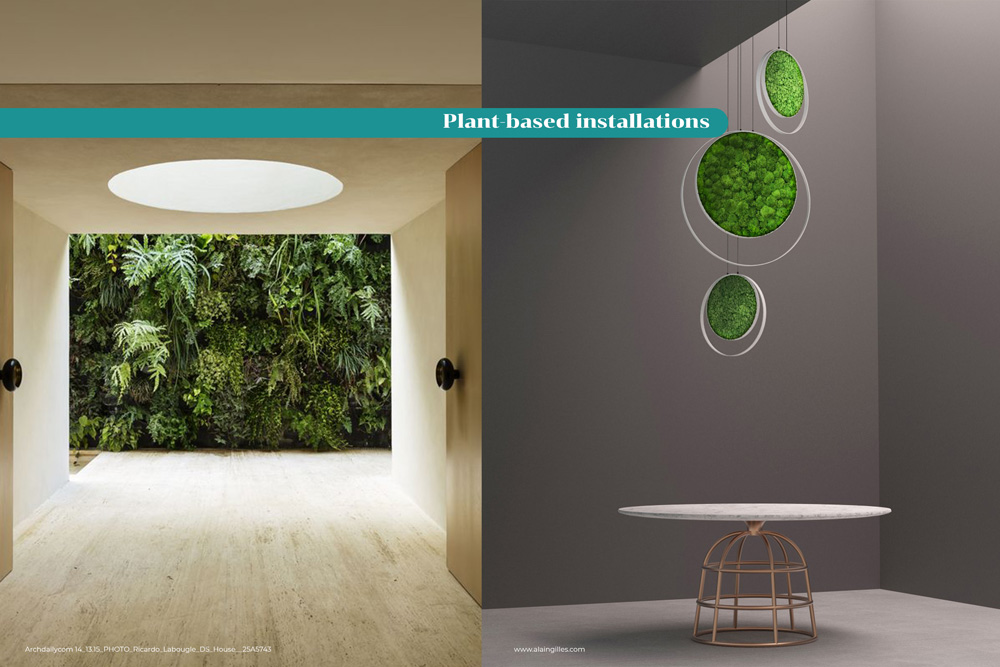
Plant-based installations such as vertical gardens have been really gaining in popularity in recent years. They are a great alternative to potted plants as they take up less space and are able to make a room look lush without seeming cluttered. Additionally, having some houseplants can help to purify the air in your room — a win-win situation!
By providing oxygen and filtering out harmful chemicals in the air, they are able to bring some freshness and ambiance to an otherwise stale space. Certain plants such as mint or pine, or even flowers like lilies and lavender, can spice up your room by contributing natural fragrances and improving air quality. Having a hint of aromatherapy in your room can do wonders for your state of mind.
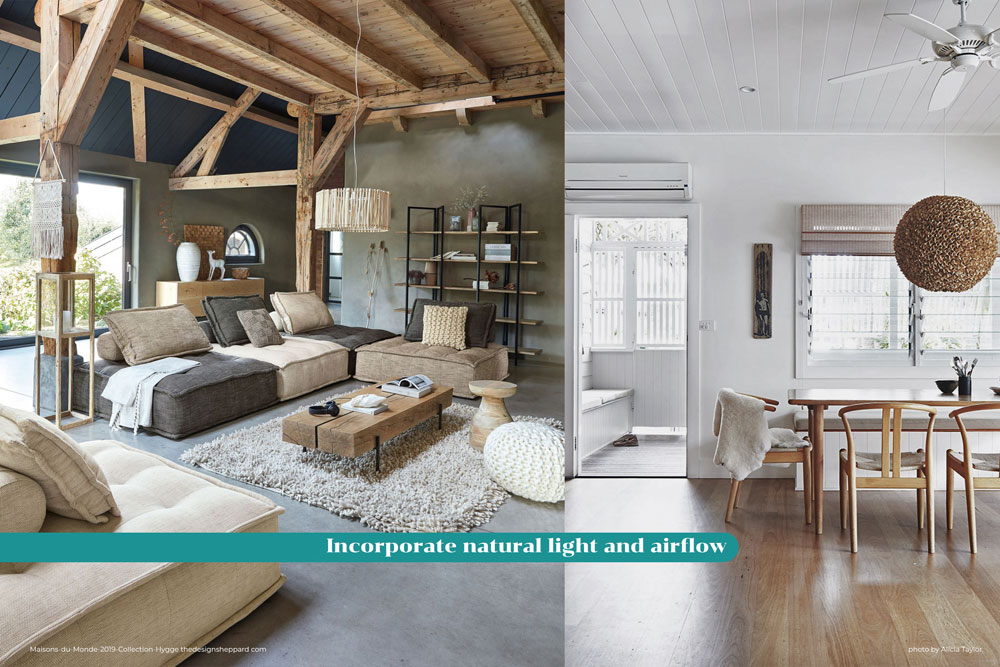
The harsh, artificial light that we expose ourselves to indoors is often detrimental to us. Having natural sunlight filtering through our windows does a lot of good for our bodies, even if we may not be aware of the effects.
Research has shown that a moderate amount of sunlight every day helps to elevate our mood and improve our sleep quality as it encourages the release of endorphins and serotonin. It also helps to strengthen our immune system and lower blood pressure, amongst many other health benefits that sunlight can offer. If it’s not possible to step out to get your daily dose of sunlight during this Covid situation, why not bring it into your home instead?
Having large, open windows allows us to absorb as much sunlight as we need and encourage the circulation of fresh air, which is especially important if we’re staying indoors. Good ventilation gets rid of lingering air pollutants and reduces the production of harmful bacteria. Sensory stimulation has been proven to speed up recovery times and improve our energy levels. After all, nature is fuel for the soul.
Beyond that, it is important to opt for energy-efficient LED light bulbs — after all, sunlight doesn’t stay forever. You would need another source at night, and LED light bulbs are a great way to introduce sustainable living into your space. You might be surprised how much energy your conventional light bulb burns in a year. According to the U.S. Department of Energy, LED light bulbs to use at least 75% less energy than an incandescent bulb, and last 25 times longer.
Furthermore, a change of light bulb does not mean that you would no longer be able to change your lighting source. You might be surprised by how flexible lighting technology has become! Be it your antique, elegant chandelier or your coastal seaside lanterns, however, you want to light up your room can still remain the same. This means that the design of your room can be kept just the way you want it to be.
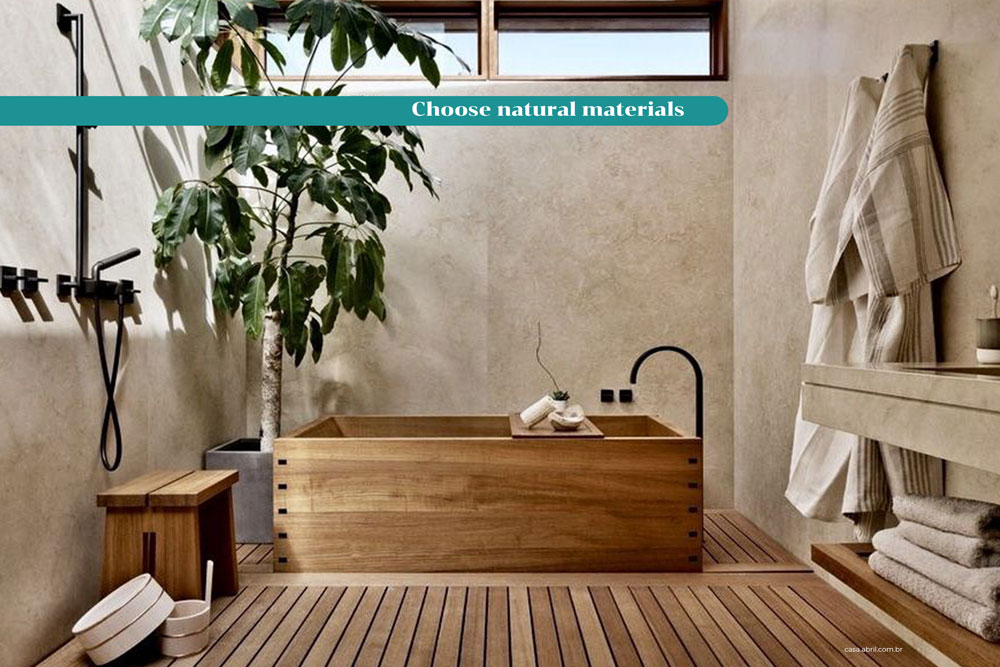
Plastics and artificial materials often have a negative impact on the environment during production. Furthermore, the substances in such materials tend to have a bad long-term impact on our health. Natural materials such as wood, stone, bamboo, flax, and wool are better both for us and for the earth in the long run.
The use of wood as a direct and indirect element offers both physiological and psychological advantages compared to artificial materials. In fact, the visual stimulation from wood wall panels affects us even on a subconscious level, as people are able to recognize. On the other hand, steel panels are associated with increased depression levels, dejection, and blood pressure.
There has been a technology from Japan that offers a wood veneer product with a metal layer that stabilizes it. It is installed just like a normal wallpaper and it only uses 1/300 the amount of wood as compared to normal wood paneling, reducing its impact on the earth.
Be it oak, walnut, teak, or maple, the range of choices means that you are bound to find one that suits your preferences. Furthermore, since wood furniture is typically held together by basic joinery techniques, this minimizes the need for VOC-laced adhesives. Adhesives such as formaldehyde are a potential allergen for humans and carcinogenic for animals. That means, they can cause wheezing, nausea, severe allergic reactions, and even cancer in animals. Avoid VOC emissions in your room by making the right choice.
Volatile organic compounds, or VOCs, are chemicals that off-gas into the air — evaporating at room temperatures. This often has harmful long-term effects on our health, from eye and throat irritation to nervous system disturbances, and even IQ developmental issues in children.
In the enclosed spaces of your home VOC concentrations can be up to five times that found outdoors! In a period where staying at home has become an integral part of our lifestyle, this signifies negative health effects for homeowners.
Beyond just your furniture, it is important to opt for natural materials in other aspects of your room such as your upholstery or your carpets. Wool is also a great alternative when it comes to beddings, mattresses, pillows, and rugs. It is not only naturally fire-retardant but also absorbs moisture and captures dust and pollen, reducing humidity and allergens in the air. Additionally, wool is also biodegradable, recyclable, hypoallergenic, dust-mite-resistant, and antibacterial.
Synthetic materials on the other hand are not only petroleum-based but also highly flammable. Thus, they are often treated with synthetic chemicals and soaked in VOC-laced flame retardants to reduce flammability, increasing the possibility of toxics off-gassing into the air. Headaches, dizziness, and nausea may then be common side effects.
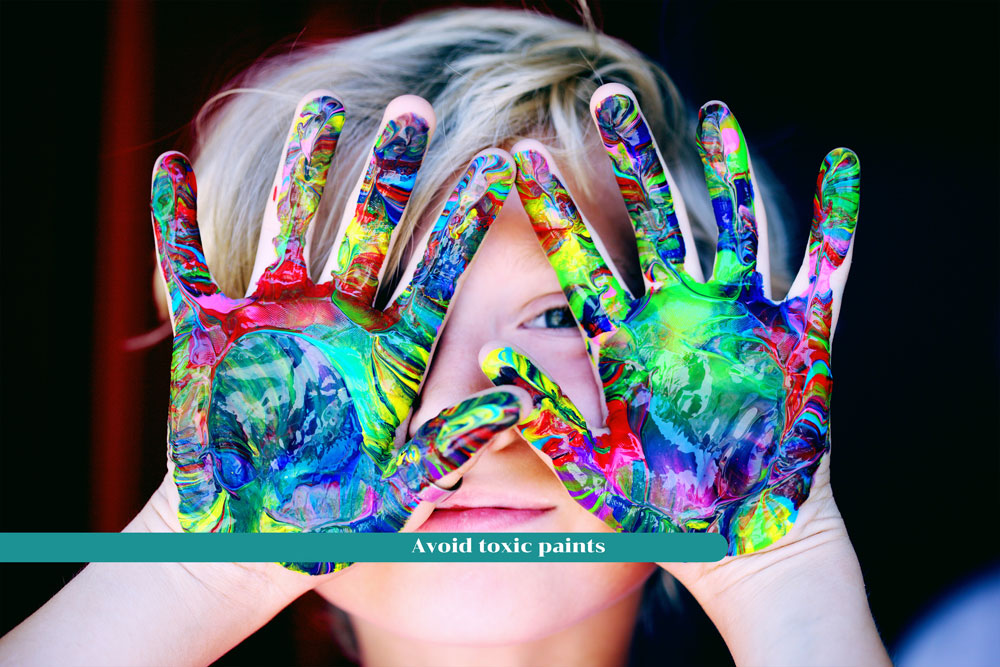
Since we have already introduced VOCs, it would be a good segue into choosing the types of paints for your home. Paints are another aspect of your room that can contain VOCs just as much, if not more than the synthetic materials of your upholstery.
An element in many paints, VOCs are found to last for several weeks in the air, which can not only harm you but the environment as well. Earth-friendly finishes such as non-toxic paint, low-biocide paints, water-based paints, paints with low VOCs, latex paints, and milk paints all have lower ecological footprints and are better for your health overall.
At Blaine Robert Design, we understand the importance of biophilic design and hope to play a part in leading the movement. While many of our clients are already aware of sustainable living, it is our job to clearly and thoroughly present the options to them so that they can make a better choice.
Oftentimes, we prefer to use custom upholstered goods, and non-toxic finishes, and always opt to make the biophilic choice. When our customers are happy, so are we.
42-1, Jalan Doraisamy 50300 Kuala Lumpur, Malaysia.
Office No.1104, Aspect Tower, Business Bay, Dubai, United Arab Emirates
19, Jalan Mutiara Emas 2A, Taman Mount Austin, 81100 JB.